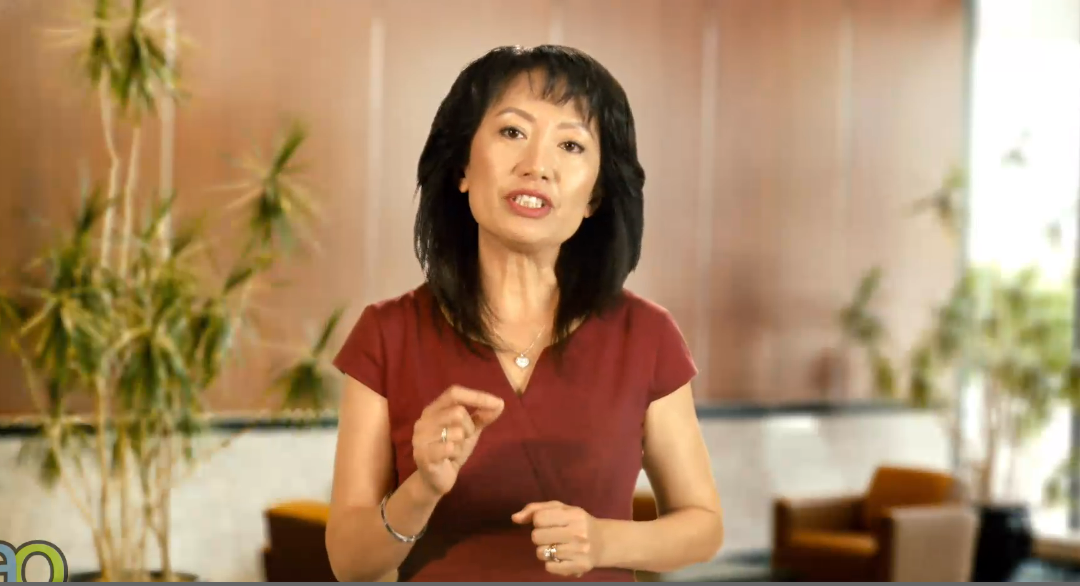When you hear the phrase, thinking globally, you might imagine focusing on international business or finding markets around the world. However, in the context of leading with an innovative mindset, the word global means much more.
Consider Chinese e-commerce and tech company, Alibaba. This wildly successful, multinational e-commerce company is guided by a simple mission; make it easy to do business anywhere. Alibaba’s platform connects small mom-and-pop sellers to customers around the world. The sellers on their platform are not competitors, they’re partners. Their interests are aligned. The company shares data with brands to empower them to sell more on the platform. The better the partners do, the better Alibaba does. This is thinking globally, thinking broadly and beyond your own company. It’s an approach that not only helps make Alibaba one of the largest companies in the world, but also helps lift millions of people out of poverty, into successful entrepreneurship. Alibaba’s simple, clear mission is an example of the first of three steps to thinking globally.
1. Provide the vision and purpose. Alibaba’s mission, make it easy to do business anywhere, led its workers to develop the open ecosystem, collective entrepreneurial model that fulfills that mission. Leaders must make sure that their entire company is grounded in the same direction, provide clear direction and vision that people can follow, and, just like Alibaba, create a mission that inspires others to think beyond boundaries.
2. Slow down, explore, and connect the dots. Thinking globally can be defined as thinking holistically. Always keep the big picture in mind, to see the forest and the trees, to slow down, even if just temporarily, to explore, to be more deliberate in understanding the details of a situation, to observe patterns, and to consider different points of view and perspectives. This type of thinking requires us to be open to possibilities. Rather than identifying right or wrong answers, the goal is to explore multiple possibilities.
 The animation company, Pixar, exemplifies this with a collaborative technique it called plussing. They ask collaborators to build on ideas without using judgmental language. Instead of rejecting an idea, a collaborator finds something to build on, which inspires another collaborator to find something else to build on, and so on. So for example, “I like that Nemo is a clownfish. What if we made one of his fins much smaller than the other?” This technique allows every idea to be explored for all its possibilities. It also inspires people to remain curious, listen actively, respect ideas of others, and contribute their own. This type of global thinking, keeps all possibilities on the table, inspires others to not only think outside the box, but to imagine there is no box.
The animation company, Pixar, exemplifies this with a collaborative technique it called plussing. They ask collaborators to build on ideas without using judgmental language. Instead of rejecting an idea, a collaborator finds something to build on, which inspires another collaborator to find something else to build on, and so on. So for example, “I like that Nemo is a clownfish. What if we made one of his fins much smaller than the other?” This technique allows every idea to be explored for all its possibilities. It also inspires people to remain curious, listen actively, respect ideas of others, and contribute their own. This type of global thinking, keeps all possibilities on the table, inspires others to not only think outside the box, but to imagine there is no box.
3. Hire T-shaped employees. Design and consulting company IDEO has coined the term T-shaped employee to describe its ideal candidates; people with skills that allow them to contribute to the creative process, that’s the vertical part of the T. And a perspective for collaboration, empathy, and curiosity is the horizontal part of the T. IDEO understands that empathy and curiosity are related, as empathy allows employees to see things from others’ perspective, while curiosity inspires interest in others. They recognize that when people perform at their best, it’s because their skills are accompanied by curiosity that leads them to ask questions, explore, and collaborate. Effective leaders look for ways to nurture their employees’ curiosity and encourage them to think globally, understanding perspectives, point of view, and disciplines beyond their own.
Thinking globally is an important step to create an innovative mindset. First, providing clear vision and purpose. Secondly, exploring and connecting the dots. And number three, hiring T-shaped employees. This way, you can create conditions that inspire others to think globally. How do you create space for yourself and others to not just think outside the box, but to think that there is no box?
 My book, Saving Face: How to Preserve Dignity and Build Trust, illustrates how we can honor face to create positive first impressions, avoid causing others to lose face, and, most importantly, help others save face to build trust and lasting relationships inside and outside the workplace.
My book, Saving Face: How to Preserve Dignity and Build Trust, illustrates how we can honor face to create positive first impressions, avoid causing others to lose face, and, most importantly, help others save face to build trust and lasting relationships inside and outside the workplace.
Click here to watch the video.
This video was originally posted on AthenaOnline.com

